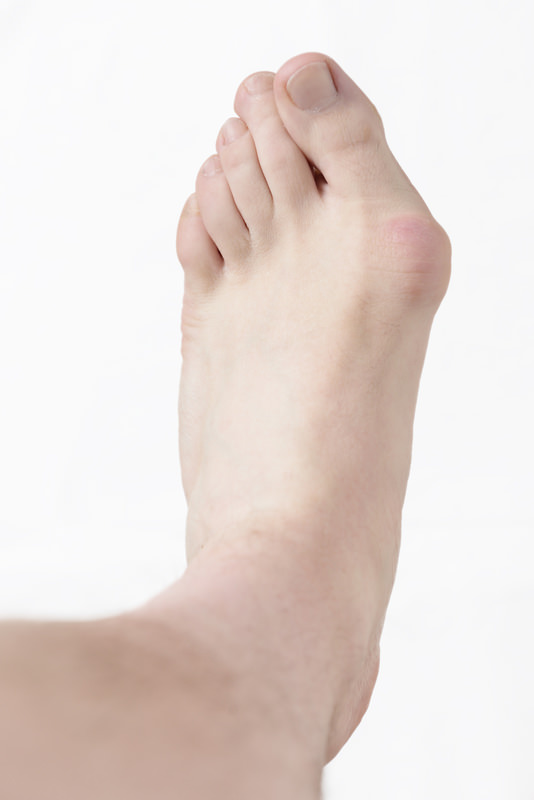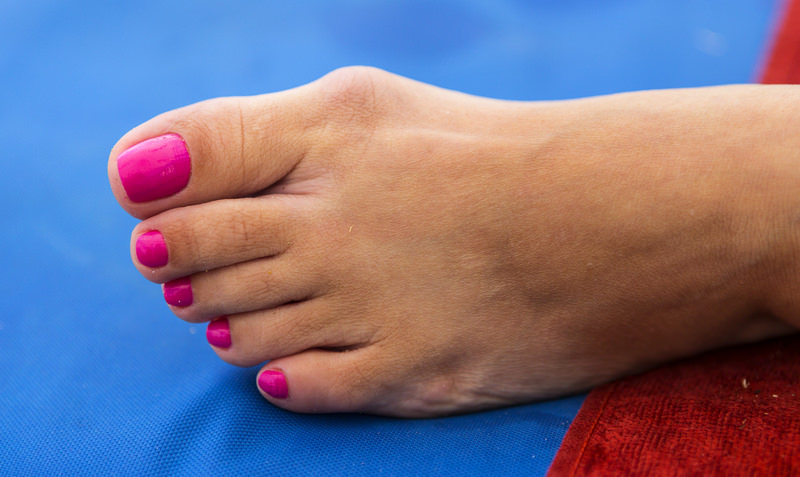Orthotics for Bunions can be a solution as it can be a very aggravating and at times painful issue involving your foot. There are different ways to effectively treat and prevent them including orthotics for bunions, changing footwear, and potentially surgery. With proper examination of your foot by our leading doctors, we can review, treat, and help your concerns in the best ways possible.
Bunions, known medically as hallux valgus, are among the most common foot problems in adults. Indeed, it’s estimated that roughly one-quarter of adults between the ages of 18 and 65 suffer from this condition. Furthermore, bunions are approximately 10 times more likely to affect women. Experts believe that over half of American women have them. Age also increases the odds of having bunions, and an estimated 67 percent of people who are 65 years of age or older are affected. With the proper treatment and care from our doctors, we can help you experience the least amount of discomfort and prevent them from occurring again in the future. Contact us today to find out if orthotics for bunions are a good choice for you.
What is a Bunion?

What Causes Bunions?
There are various issues that can cause a bunion to develop. One of these is an excessive or unnatural movement of the bones in the foot. For instance, a flattened or collapsed arch (over-pronation) or too much flexibility of the foot may trigger bunion development. However, bunions can also be genetic in nature. People with a family history of the disorder are more likely to develop it themselves. That said, the bunion itself is not hereditary. What is passed on is the abnormal foot structure that leads to the bunion.

- Wearing high heels: Heels force the foot to slope downward unnaturally, jamming the toes together in the end of the shoe and forcing the joints out of alignment.
- Improper shoes: Shoes that are too small, pointy, tight or narrow also increase the risk of bunion formation by crowding the toes.
- Arthritis: The discomfort caused by arthritis in the foot can alter your gait, forcing you to walk in a way that encourages bunion development.
What are the Signs of a Bunion?
Bunions don’t cause symptoms for everyone, but this is uncommon. For most people, the most notable sign of a bunion is a pain at the base of the big toe while walking or wearing shoes. Resting or taking shoes off can relieve the discomfort, but if the joint is highly irritated, the pain may persist even while barefoot or sitting. Sometimes, simply moving the toe joint may cause pain.
Another sign of a bunion is when the big toe is angled toward the other toes and there is a prominent bump on the outer edge of its base. Depending on the severity of the problem, other symptoms can include:
- Tenderness when the joint is prodded
- Redness and swelling
- Difficulty moving the toe, which is caused by inflammation
- The big toe overlaps the second
It’s important to be aware that some of these symptoms can be associated with gout, an arthritic condition wherein uric acid crystals accumulate in the joint at the base of the big toe. Gout may easily be confused with an early-stage bunion. However, there are some differences to look out for. The inflammation and swelling that come with gout tend to occur intermittently, but bunion pain is more consistent. Furthermore, gout doesn’t normally cause deformities of the toe. If you’re experiencing pain in your foot it is always best to schedule an appointment to determine what exactly is causing your pain and how it can best be addressed.
Are There Potential Complications with Orthotics for Bunions?

- Bursitis: The tendons, bones, and muscles surrounding your joints are cushioned by tiny, fluid-filled sacs known as “bursa.” A bunion can irritate these sacs and cause them to become inflamed and painful.
- Hammertoe: This occurs when the joint in the middle of your toe becomes bent at an extreme angle, resulting in discomfort. Hammertoe typically occurs in the second toe in people with bunions due to prolonged pressure from the big toe overlapping it.
- Metatarsalgia: This is a painful inflammatory condition that develops in the ball of the foot and is more common in people with bunions.
How are Bunions Treated?

If you experience foot or big toe pain and suspect that you have a bunion, it’s important to see a podiatrist as soon as possible. If left untreated, this condition tends to get worse with time and can eventually become debilitating.
Please contact our office where you can talk with one of our well-trained staff if you have any questions or concerns about orthotics for bunions. We are dedicated to helping you get the best care possible from our doctors and help advise about the best treatments and procedures for your particular circumstance.














